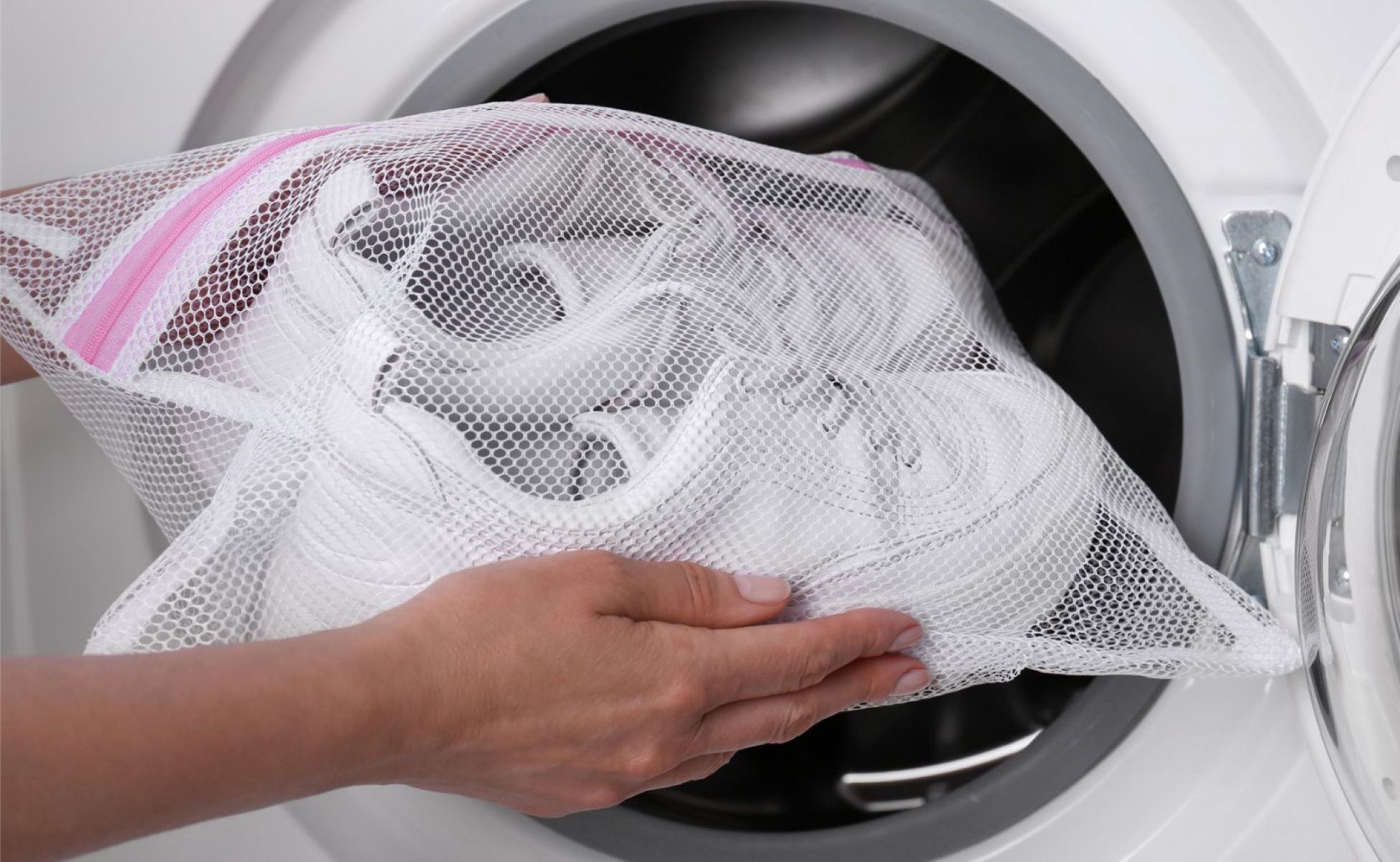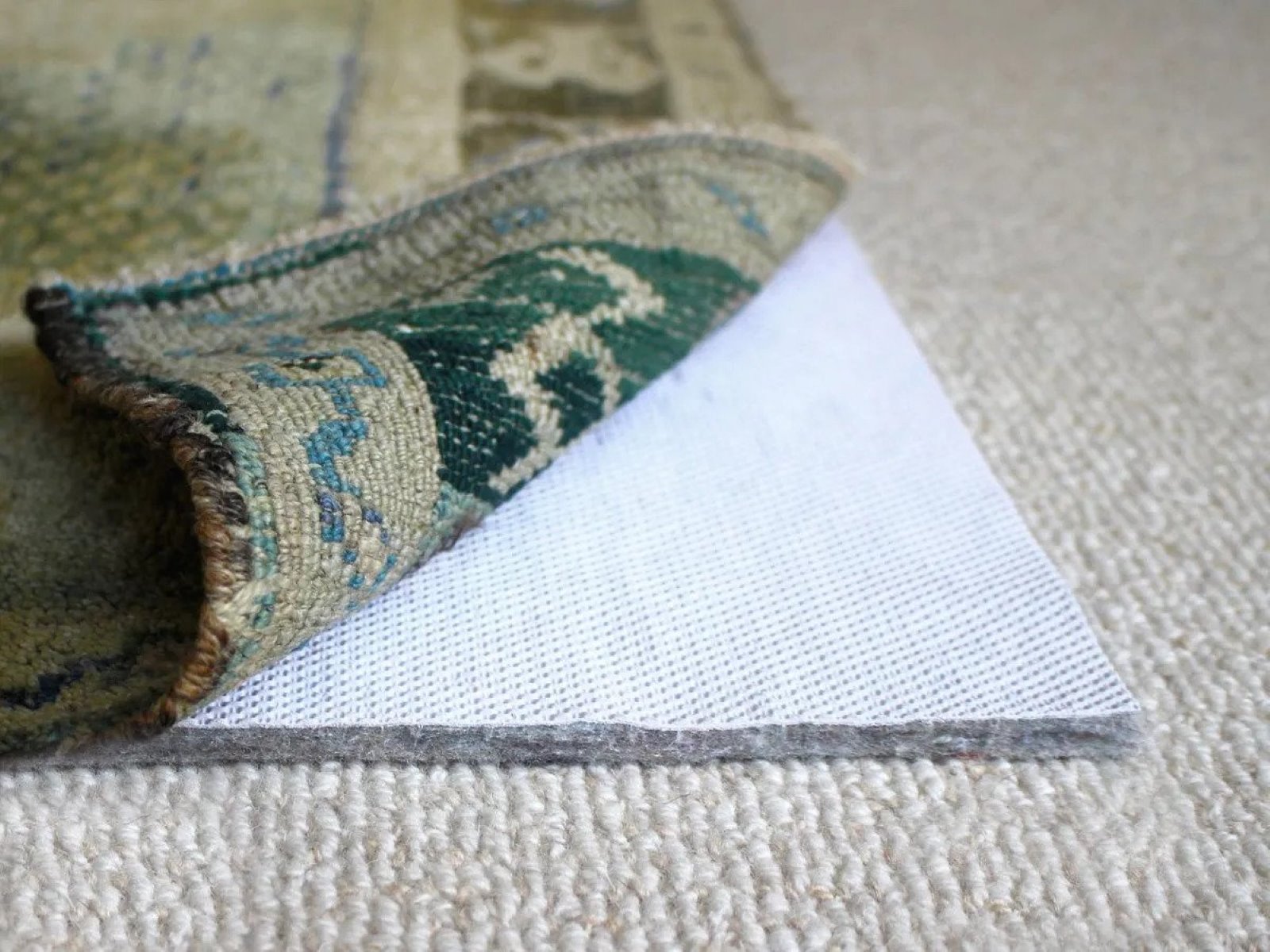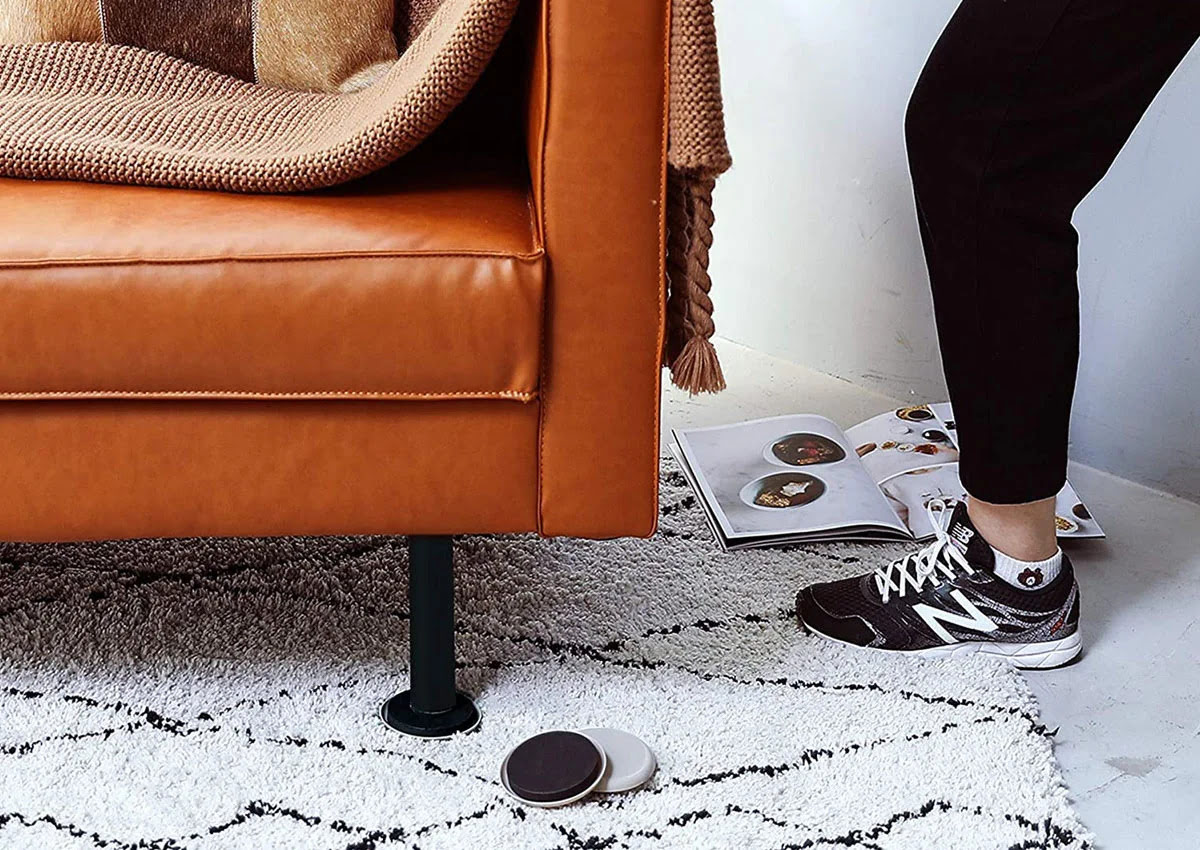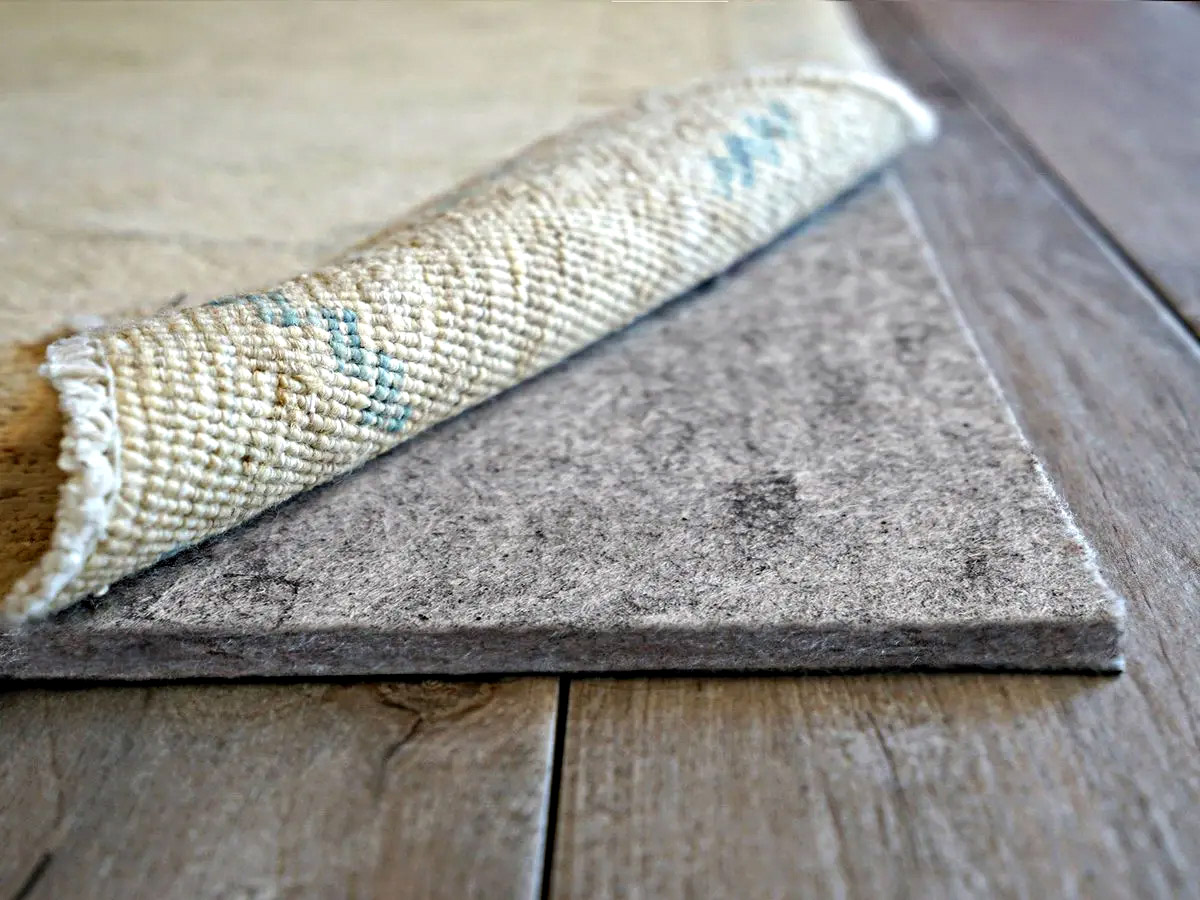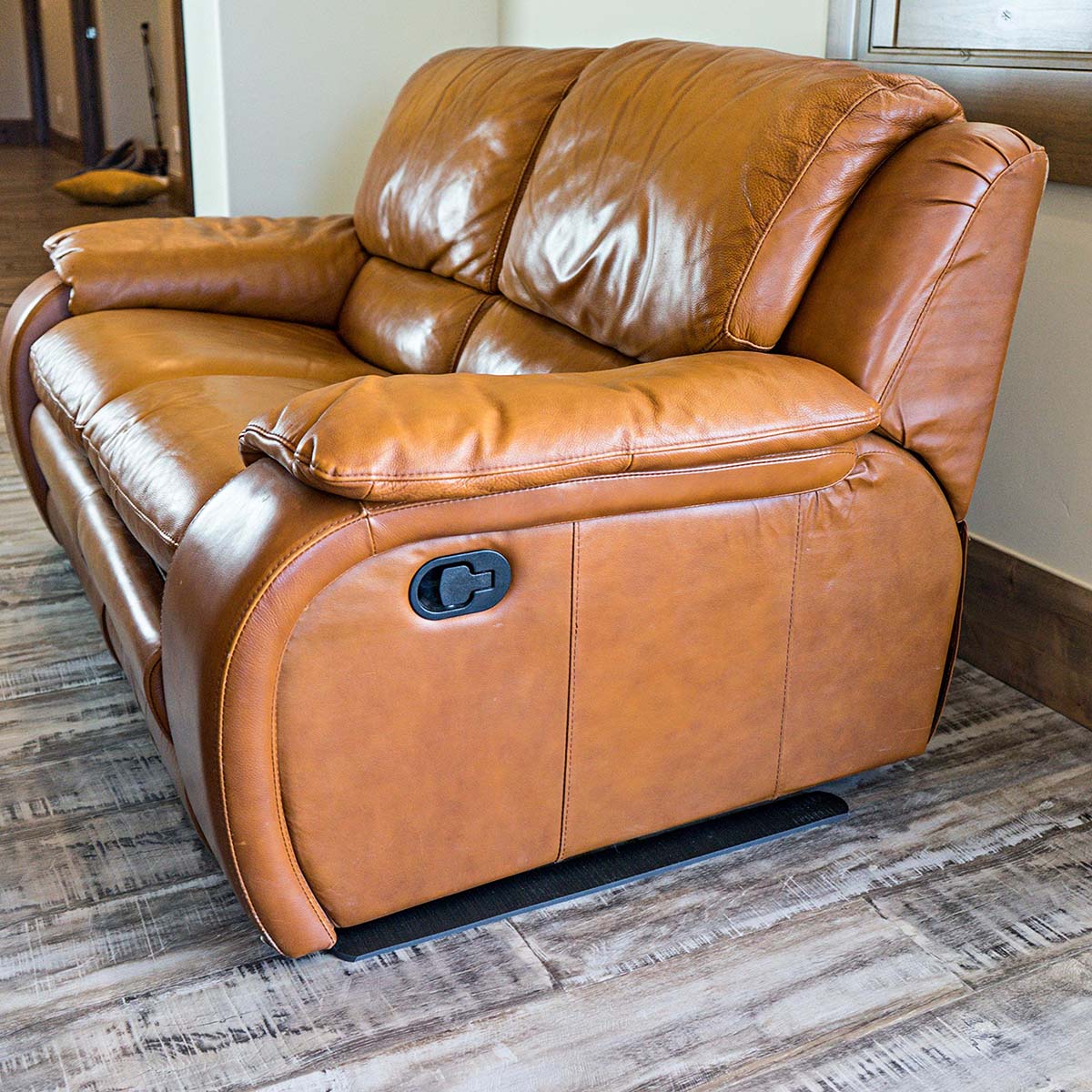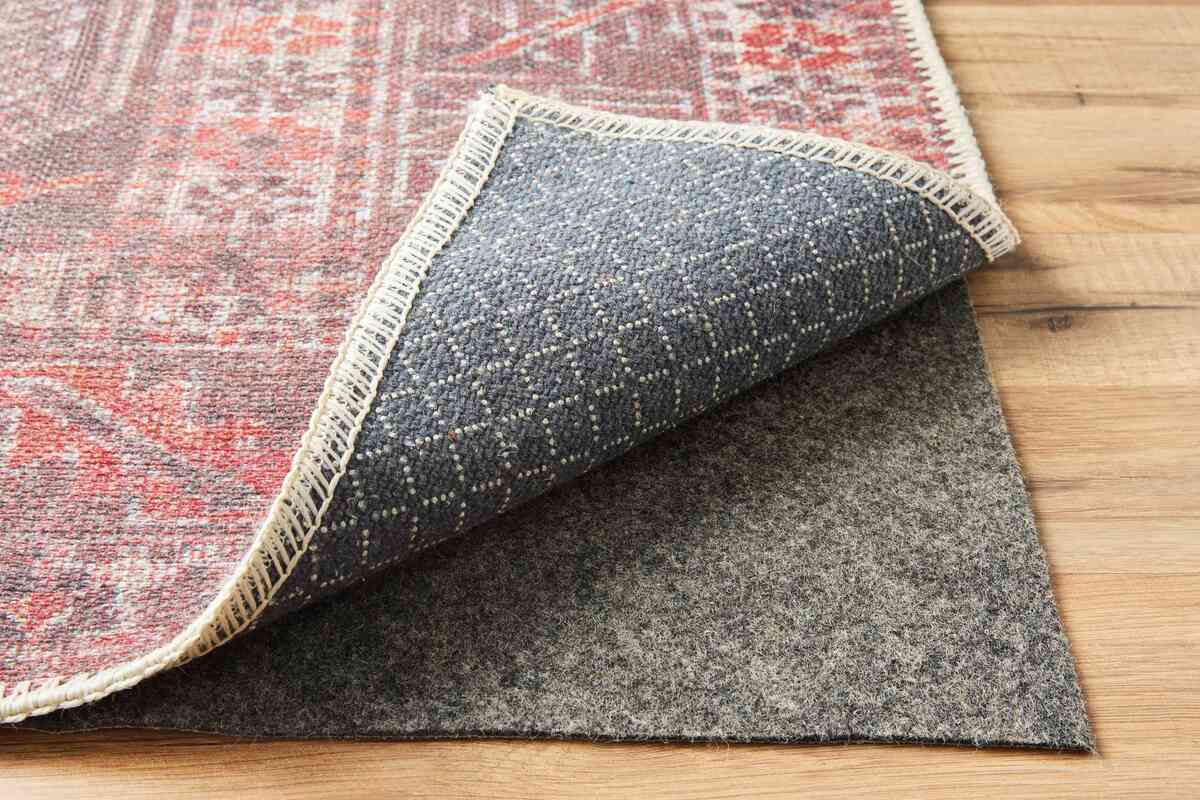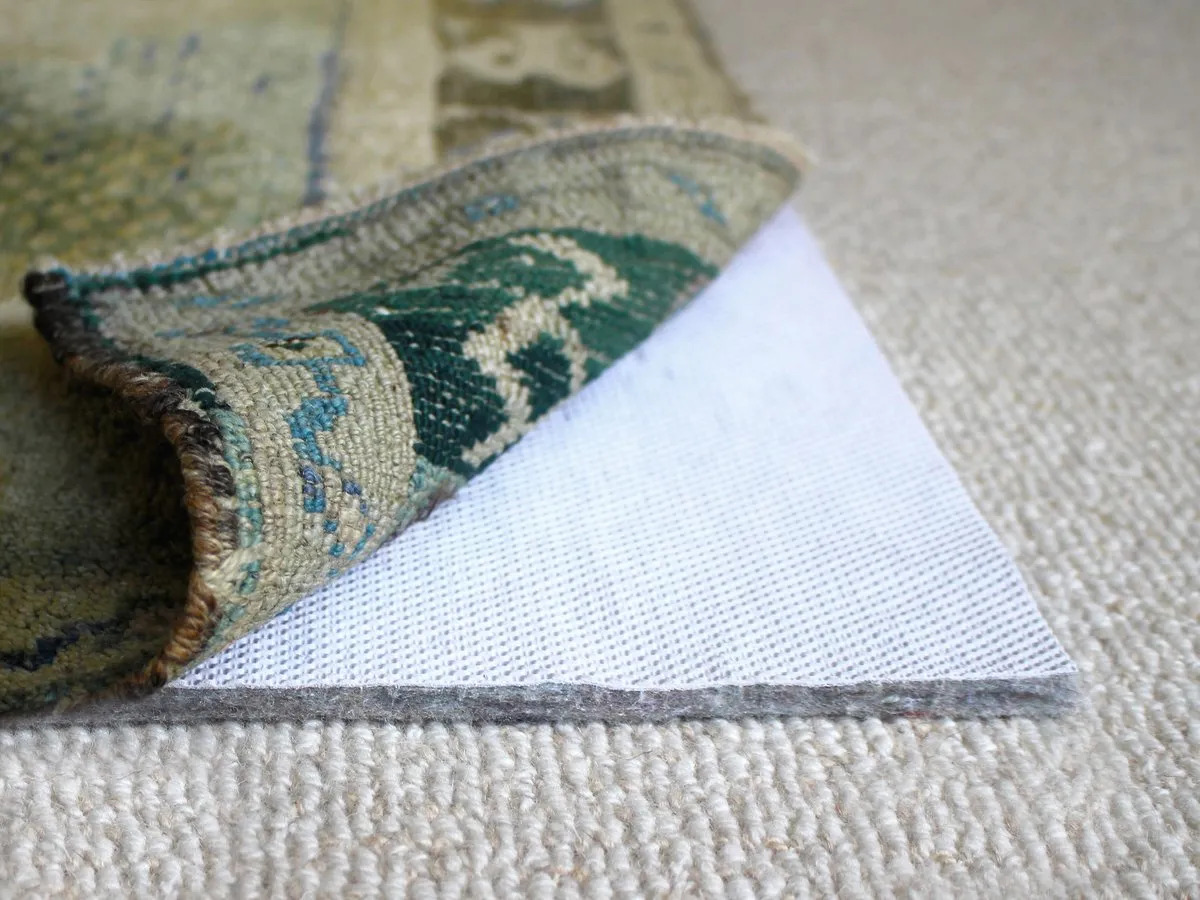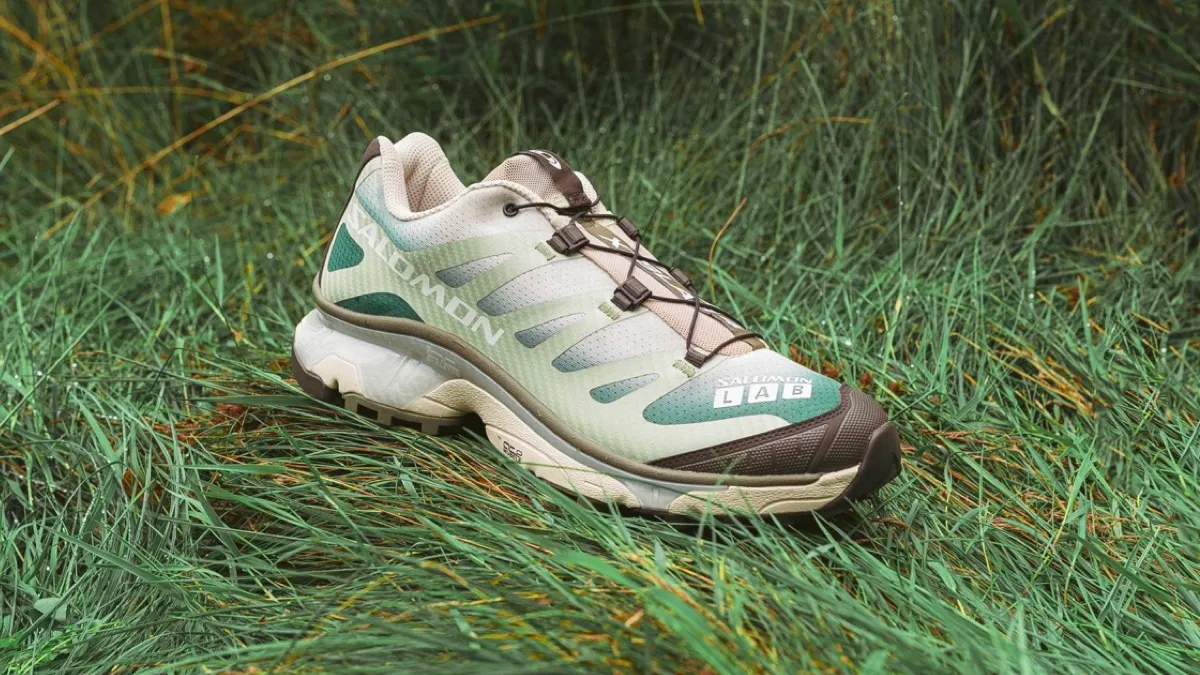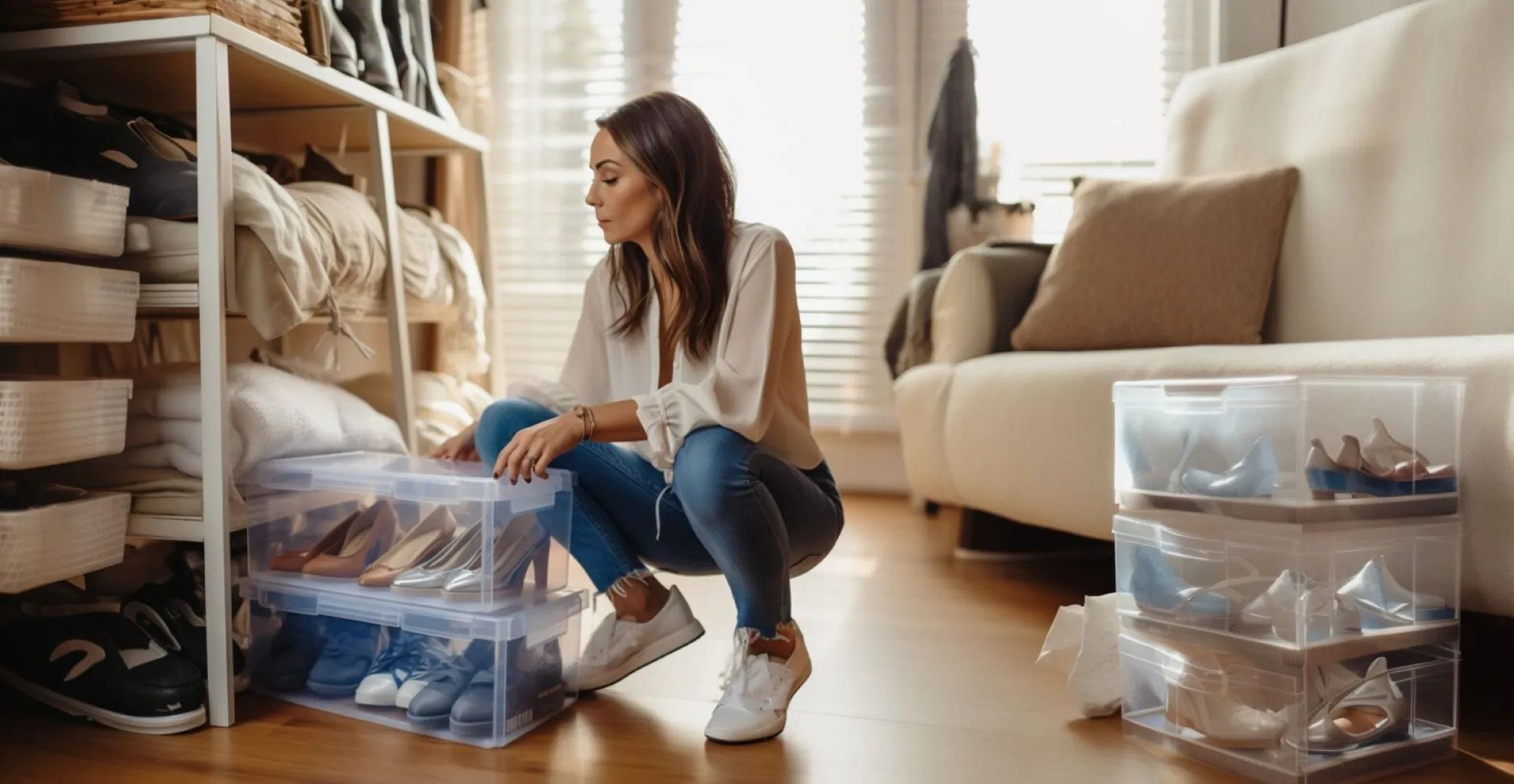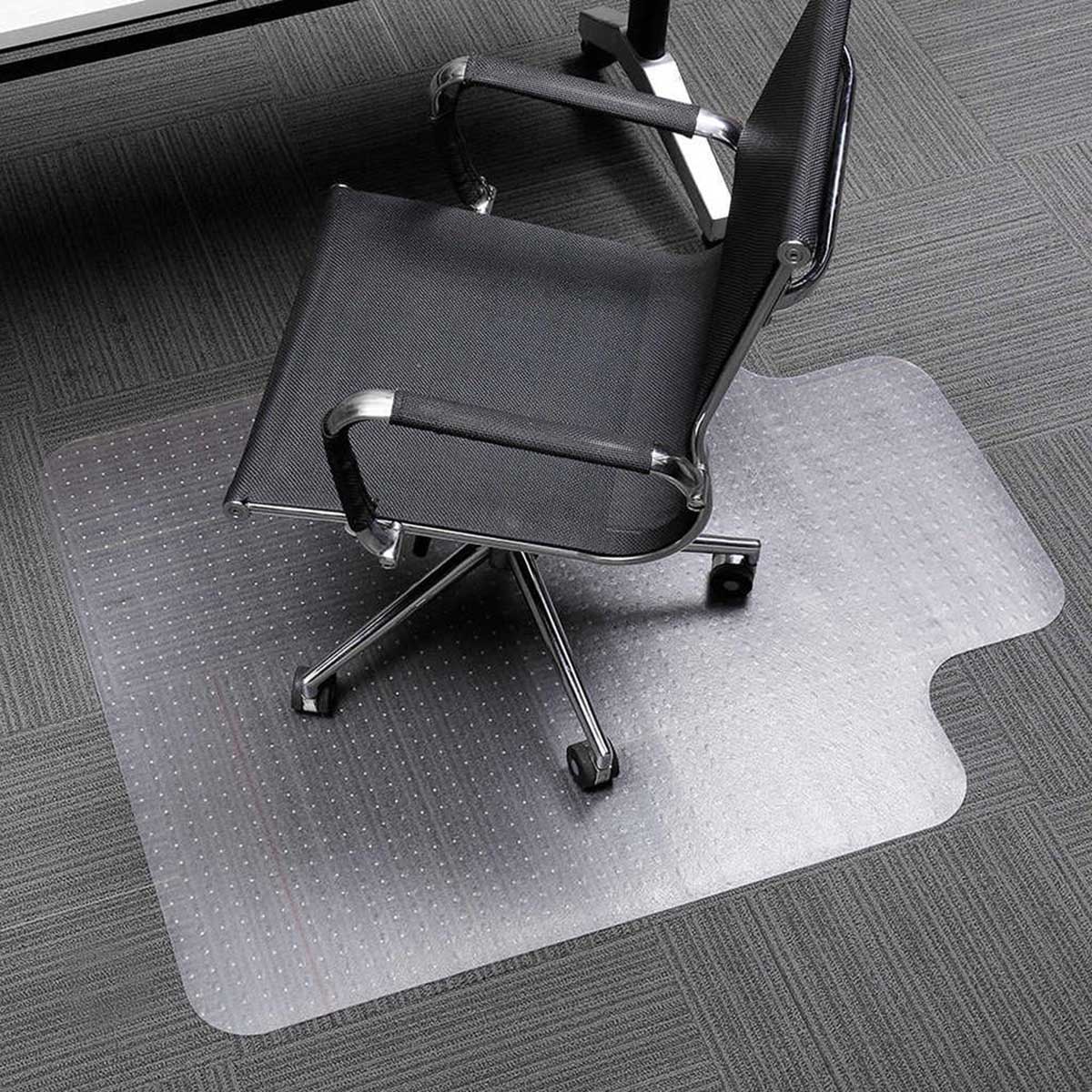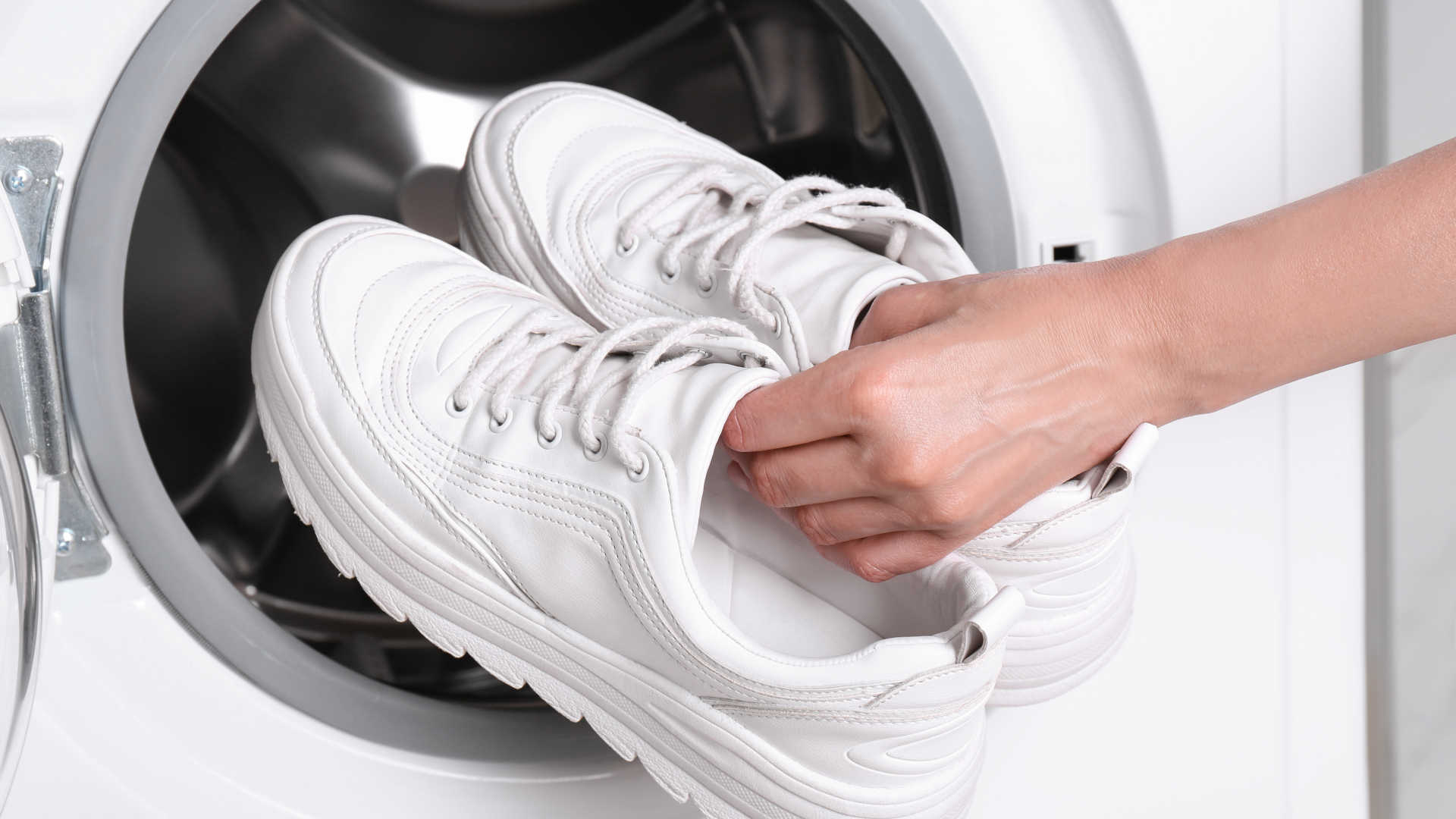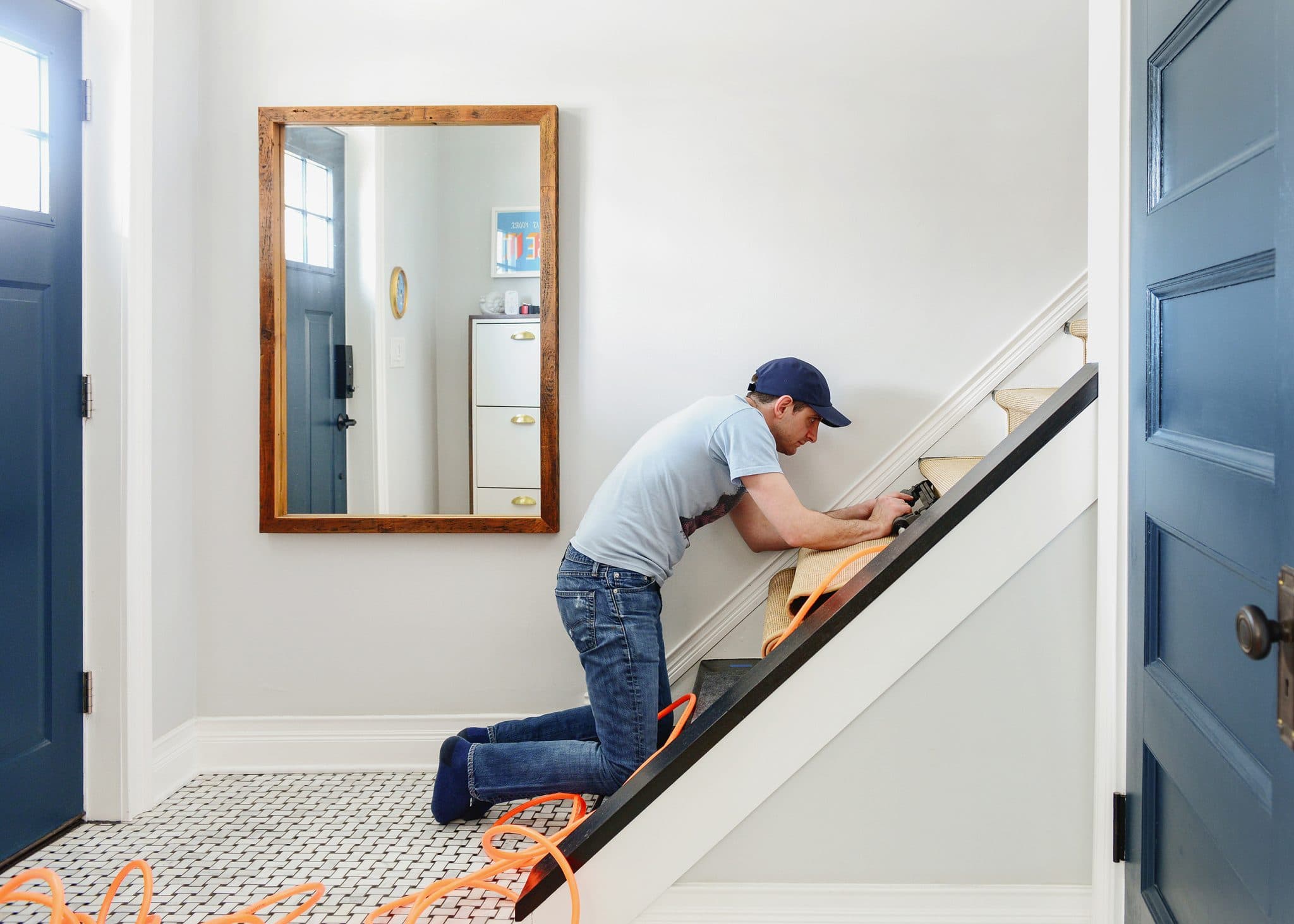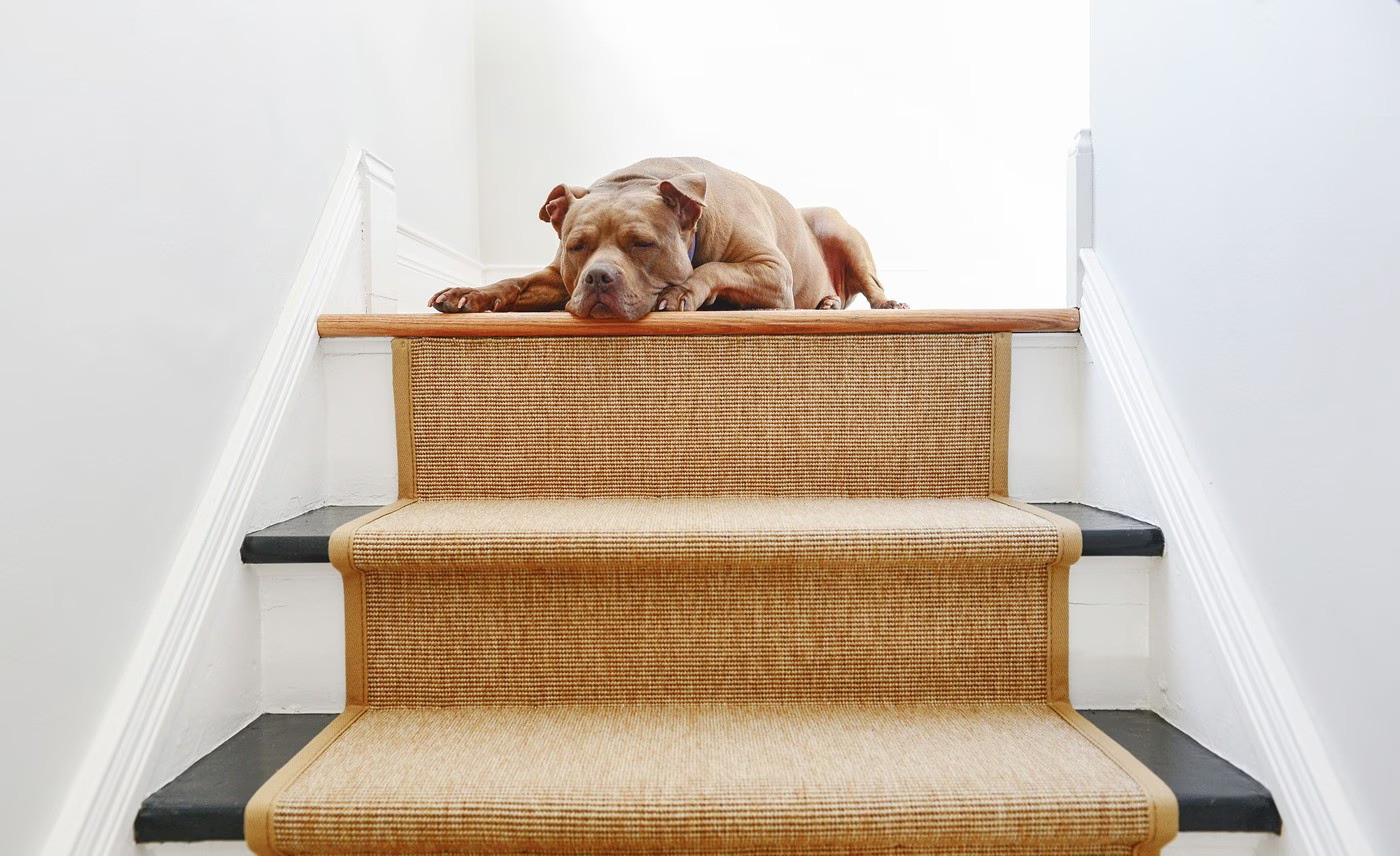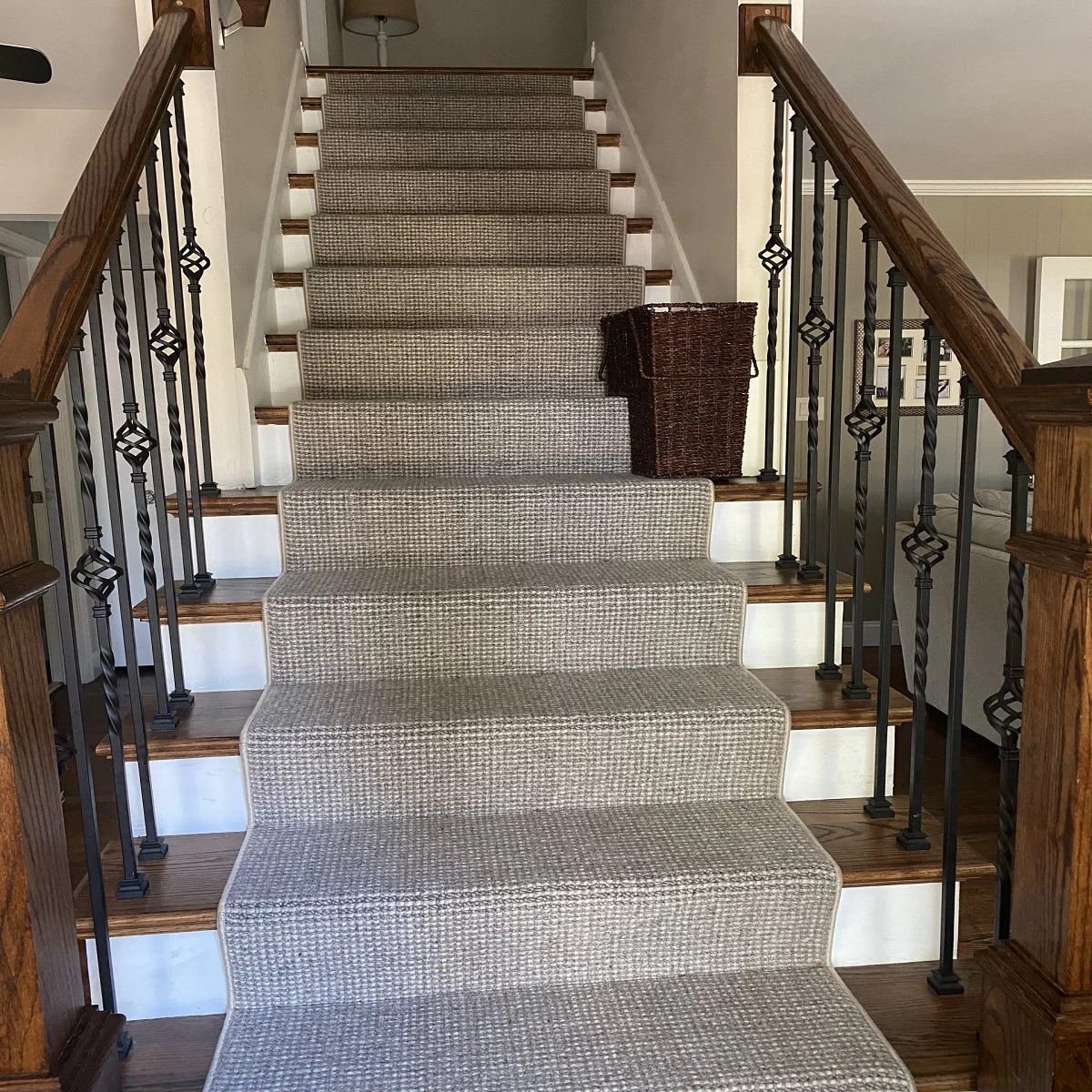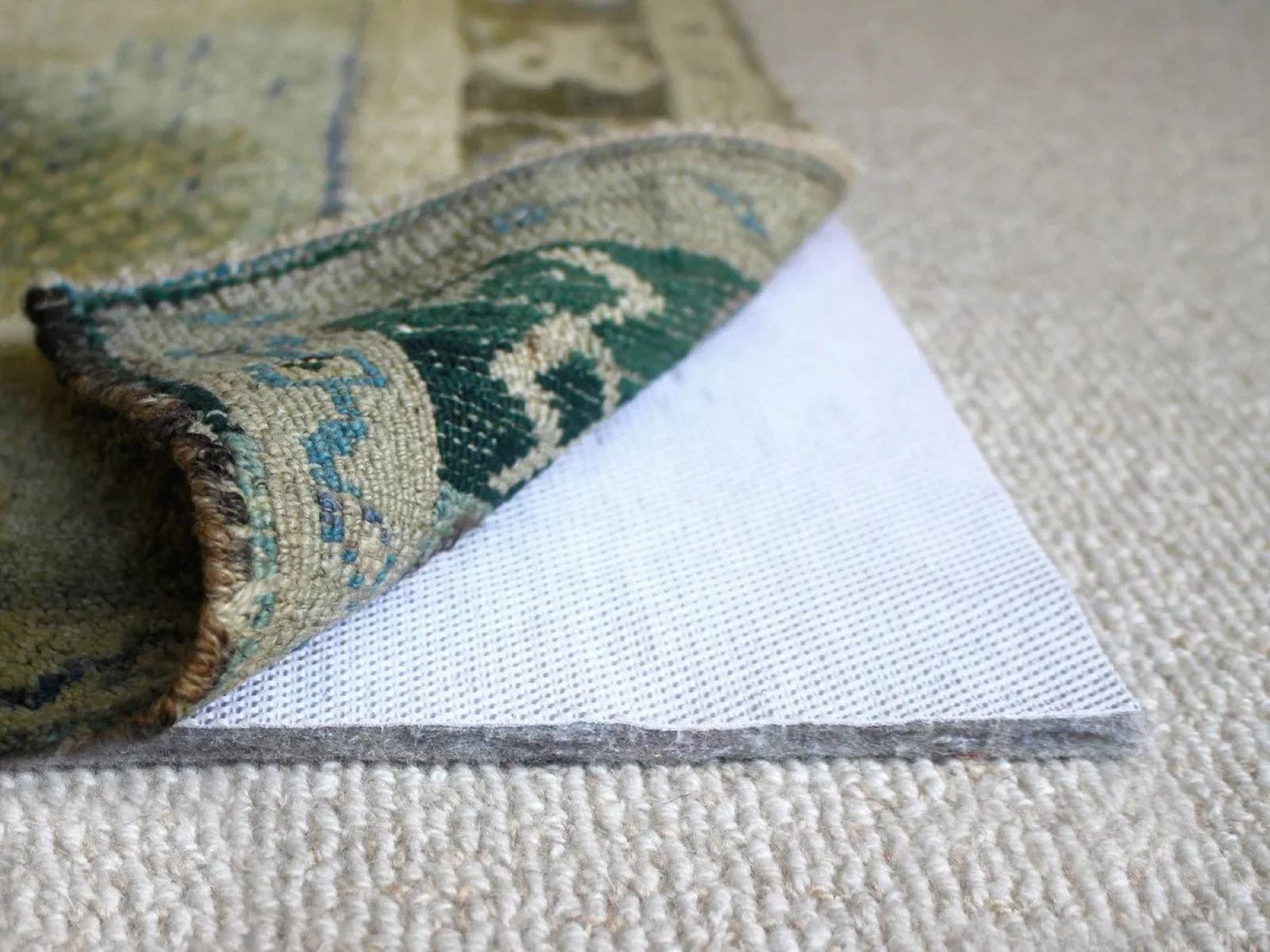

Articles
How To Prevent Carpet Runners From Moving
Modified: December 7, 2023
Prevent your carpet runners from moving with these expert articles. Get tips and tricks to keep your carpet runners in place for a safer and more comfortable home.
(Many of the links in this article redirect to a specific reviewed product. Your purchase of these products through affiliate links helps to generate commission for Storables.com, at no extra cost. Learn more)
Introduction
Carpet runners are a fantastic addition to any home, adding warmth and style to your hallways and staircases. However, one common issue that many homeowners face is the frustrating problem of runners moving out of place. Not only can this be annoying, but it can also be hazardous, as tripping over a displaced runner can cause injury.
Luckily, there are several effective methods to prevent carpet runners from moving. In this article, we will explore different solutions that will help keep your runners securely in place, ensuring both safety and peace of mind.
Before we proceed, it’s important to understand the root cause of the problem. Runners usually tend to move due to foot traffic, pets, or vacuuming. The smooth surface of hardwood or tile floors can make it challenging for runners to grip effectively, leading to their displacement. Thankfully, with the right tools and techniques, you can easily overcome this issue and keep your carpet runners firmly in place.
Now, let’s dive into the various methods that will help you prevent your carpet runners from moving.
Key Takeaways:
- Keep your carpet runners in place by using rug pads, rug grippers, double-sided carpet tape, or velcro strips. These methods provide stability and prevent movement caused by foot traffic, pets, or vacuuming.
- Explore alternative methods such as carpet runner anchors, non-slip underlays, friction sprays, and furniture weighting to keep your carpet runners securely in place. Regular maintenance and upkeep also contribute to preventing movement.
Understanding the Issue of Moving Carpet Runners
Before we explore the solutions to prevent carpet runners from moving, it’s crucial to have a clear understanding of why this issue occurs in the first place. There are a few factors that contribute to the movement of carpet runners:
1. Foot Traffic: The constant movement of people walking on your carpet runners can gradually shift them out of place. This is especially true if the runners are not properly secured or if there’s minimal friction between the runner and the floor.
2. Pets: If you have pets in your home, they can unintentionally cause carpet runners to move by running, sliding, or scratching at them. Their playful activities can gradually dislodge the runners, creating a potential tripping hazard.
3. Vacuuming: When using a vacuum cleaner, the force applied can cause the carpet runner to shift. The smooth wheels of the vacuum can also make it easier for the runner to move across the floor.
4. Inadequate Grip: Some runners may not have a proper backing or grip, which can contribute to their movement. If the runner doesn’t have enough friction with the floor surface, it’s more likely to slide or bunch up.
Now that you understand the common causes of moving carpet runners, let’s move on to the effective solutions that will help you keep your runners securely in place.
Choosing the Right Rug Pad
One of the most effective ways to prevent carpet runners from moving is by using a rug pad. A rug pad provides an additional layer of support and grip between the runner and the floor. Here’s what you need to consider when choosing the right rug pad:
1. Size: Make sure to choose a rug pad that is slightly smaller than the size of your carpet runner. Ideally, the rug pad should be about an inch shorter on all sides. This will prevent the rug pad from peeking out from under the runner and causing a tripping hazard.
2. Material: Look for a rug pad made of non-slip materials such as natural rubber or felt. These materials provide excellent grip on both hardwood and tile floors. Make sure the rug pad is safe to use on your specific flooring type to avoid any damage.
3. Thickness: Consider the thickness of the rug pad based on the need for cushioning and stability. Thicker rug pads provide more cushioning but may elevate the runner too much. For stability, choose a rug pad with a lower profile.
4. Durability: Opt for a rug pad that is durable and long-lasting. A high-quality rug pad should be able to withstand regular foot traffic and not deteriorate over time. Look for rug pads that come with a warranty for added assurance.
5. Easy to Trim: Ensure that the rug pad can be easily trimmed to fit the size of your carpet runner. Some rug pads come with pre-marked lines or grid patterns, making it simple to cut them to the desired dimensions.
By choosing the right rug pad, you provide a secure foundation for your carpet runner, minimizing the risk of movement and enhancing both safety and comfort in your home.
Installing Rug Grippers
Rug grippers are another effective solution for preventing carpet runners from moving. These small adhesive pads adhere to the underside of the runner and provide additional grip on the floor surface. Here’s a step-by-step guide on how to install rug grippers:
1. Clean the Floor: Before installing the rug grippers, ensure that the floor surface is clean and free from dust or debris. This will help the adhesive backing of the rug grippers stick better.
2. Measure and Position: Measure the length and width of your carpet runner and mark the corresponding spots on the floor where the rug grippers will be placed. Aim to position the rug grippers evenly along the length of the runner for optimal support.
3. Peel the Backing: Peel off the backing of the rug gripper to expose the adhesive side. Be careful not to touch the adhesive surface with your fingers, as this can reduce its stickiness.
4. Attach the Rug Grippers: Carefully attach the rug grippers to the marked spots on the floor. Press down firmly to ensure they adhere securely. Repeat this process for each rug gripper along the length of the runner.
5. Position the Carpet Runner: Once the rug grippers are in place, carefully position the carpet runner over them. Press down along the length of the runner to ensure it firmly attaches to the rug grippers.
6. Test for Stability: Give the carpet runner a gentle tug to test its stability. If it doesn’t easily move or shift, the rug grippers are properly installed and doing their job.
Rug grippers provide a simple yet effective way to keep your carpet runners in place. They are versatile and can be used on various flooring surfaces, including hardwood, tile, and laminate.
However, keep in mind that rug grippers may leave residue or damage certain types of floors, so it’s always a good idea to test them in a small, inconspicuous area first before installation.
Use double-sided carpet tape or rug grippers to secure the edges of the carpet runner to the floor. This will prevent it from shifting or moving around.
Using Double-Sided Carpet Tape
If you want a more secure and long-lasting solution for preventing carpet runners from moving, double-sided carpet tape is a great option. This strong adhesive tape provides a strong bond between the runner and the floor, ensuring minimal movement. Here’s how you can use double-sided carpet tape:
1. Prepare the Surface: Ensure that the floor surface is clean and free from any debris or dust. This will ensure a better adhesion for the double-sided carpet tape.
2. Measure and Cut: Measure the length of your carpet runner and cut the double-sided carpet tape into strips of the same length. Aim to have enough strips to cover the entire length of the runner.
3. Place the Tape: Peel off the backing paper from one side of the double-sided carpet tape strip and carefully place it along the edges of the carpet runner. Repeat this step for each strip, ensuring they are evenly spaced and cover the entire length of the runner.
4. Secure the Runner: Once all the strips are in place, press down firmly on the carpet runner to secure it to the double-sided carpet tape. Apply pressure along the entire length of the runner to ensure a strong bond.
5. Trim Excess Tape: If there is any excess double-sided carpet tape sticking out from the edges of the runner, use a utility knife or scissors to trim it for a clean finish. Be careful not to cut the runner itself.
Double-sided carpet tape is a reliable method for keeping your carpet runner in place, even in high-traffic areas. It is suitable for various types of flooring surfaces, including hardwood, tile, and laminate. Additionally, it provides a secure bond without damaging the floor underneath.
However, keep in mind that the strong adhesive of double-sided carpet tape may leave residue or damage certain types of floors, so it’s recommended to test a small area first or consult with a flooring professional.
Read more: How To Prevent My Bed Frame From Moving
Securing Carpet Runners with Velcro Strips
If you’re looking for a versatile and adjustable solution to prevent carpet runners from moving, using velcro strips is an excellent option. Velcro provides a strong and reliable grip, allowing you to easily secure your carpet runner in place. Here’s a step-by-step guide on how to use velcro strips:
1. Clean the Surface: Begin by cleaning the floor surface where the carpet runner will be placed. Ensure that it is free from dirt, dust, and debris, as this will allow the velcro strips to adhere better.
2. Measure and Cut: Measure the length and width of your carpet runner and cut velcro strips to match these dimensions. It’s recommended to use heavy-duty or industrial-grade velcro for added strength and durability.
3. Attach the Hook and Loop: Separate the velcro strips into two parts: the hook side and the loop side. Peel off the backing paper from the hook side and carefully attach it to the underside of the carpet runner. Repeat this step for each velcro strip, placing them evenly along the length of the runner.
4. Position the Runner: Once the hook side of the velcro strips is attached to the carpet runner, position the runner on the desired spot of the floor. Make sure it is aligned and adjusted to your liking.
5. Secure with the Loop Side: Peel off the backing paper from the loop side of the velcro strips. Press them firmly onto the floor surface, aligning them with the corresponding hook side attached to the runner. Apply pressure to ensure a strong bond.
6. Adjust as Needed: Velcro strips offer the advantage of adjustability. If you need to reposition or remove the carpet runner, simply detach the hook and loop sides of the velcro and make the necessary adjustments. This makes velcro a convenient solution for spaces that require frequent rearrangement of the carpet runner.
Securing carpet runners with velcro strips provides a reliable and flexible method to prevent movement. It works well on various flooring types, including hardwood, tile, and laminate. Additionally, velcro allows for easy maintenance and cleaning, as you can detach the runner when needed.
However, it’s important to note that velcro may cause some damage or leave adhesive residue on certain types of flooring. Always test a small, inconspicuous area first or consult with a flooring professional to ensure compatibility.
Exploring Other Methods of Prevention
In addition to the previously mentioned methods, there are several other effective strategies you can employ to prevent carpet runners from moving. These methods may vary depending on your specific needs and preferences. Here are some additional approaches:
1. Carpet Runner Anchors: Carpet runner anchors are specialized fasteners that secure the runner to the floor. They are typically made of metal or plastic and can be installed at intervals along the runner’s length. These anchors provide a secure attachment, preventing any movement or slippage.
2. Non-Slip Underlay or Gripper Pads: Non-slip underlays or gripper pads are placed between the carpet runner and the floor. These pads are often made of rubber or latex, providing an excellent grip on the floor surface. They help to keep the runner in place by adding friction and stability.
3. Friction Spray: Friction sprays or non-slip sprays can be applied to the underside of the carpet runner. These sprays create a tacky surface that adds friction between the runner and the floor, preventing movement. Ensure that the spray is safe to use on your specific flooring type to avoid any damage or discoloration.
4. Furniture or Decorative Weighting: If your carpet runner is placed in an area with furniture or decorative items nearby, consider using these objects to anchor the runner. Place furniture or decorative pieces strategically along the edges of the runner to create additional weight and stability.
5. Regular Maintenance: Proper maintenance and upkeep of your carpet runners can also contribute to preventing movement. Regularly vacuum or sweep the runners to remove dirt and debris that can cause them to shift. Additionally, check the condition of the runner’s backing and replace it if it’s worn out or no longer providing sufficient grip.
Remember, the effectiveness of each method may vary depending on factors such as your flooring type, the weight of the carpet runner, and the amount of foot traffic it experiences. It may be necessary to combine multiple methods or experiment with different approaches to find the one that works best for your specific situation.
By exploring and implementing these alternative prevention methods, you can ensure that your carpet runners stay securely in place, providing both aesthetic appeal and safety in your home.
Conclusion
Preventing carpet runners from moving is essential for ensuring safety and maintaining the aesthetic appeal of your home. By implementing the right methods, you can enjoy the beauty of your runners without the frustration of constant shifting. Here’s a recap of the effective solutions we’ve discussed:
– Using a properly sized and high-quality rug pad can provide additional grip and stability, keeping the runner in place.
– Installing rug grippers, either adhesive pads or strips, can secure the runner to the floor with their strong grip.
– Double-sided carpet tape offers a reliable and long-lasting solution by firmly attaching the runner to the floor surface.
– Utilizing velcro strips provides versatility and adjustability, allowing you to easily secure and reposition the carpet runner when necessary.
– Exploring other methods such as carpet runner anchors, non-slip underlays, friction sprays, and furniture weighting can also contribute to preventing movement.
Each method has its own advantages, so consider the specific needs of your home and choose the solution that best fits your requirements. Remember to test any method on a small area or consult with a professional to ensure compatibility with your flooring type.
Ultimately, with proper measures in place, you can enjoy the beauty and functionality of your carpet runners without the inconvenience of constant shifting. From enhancing safety to maintaining a polished appearance, preventing carpet runners from moving is worth the effort and investment.
So, follow the methods highlighted in this article, and say goodbye to the annoyance of moving carpet runners. Enjoy the comfort, style, and stability that a securely anchored runner brings to your home.
Frequently Asked Questions about How To Prevent Carpet Runners From Moving
Was this page helpful?
At Storables.com, we guarantee accurate and reliable information. Our content, validated by Expert Board Contributors, is crafted following stringent Editorial Policies. We're committed to providing you with well-researched, expert-backed insights for all your informational needs.
